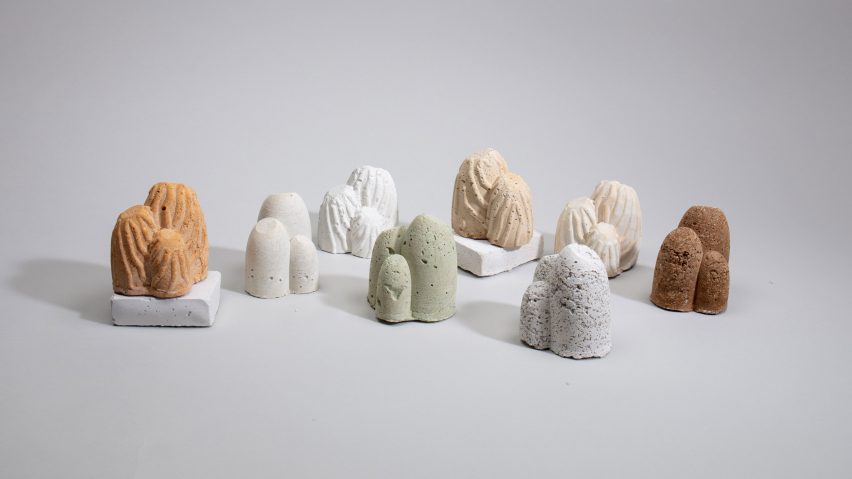
RCA students develop underwater urns that double as oyster reefs
Graduates from London's Royal College of Art have developed a way to form artificial reefs called Resting Reefs from cremated ashes, in a bid to provide a "meaningful funeral service" that regenerates endangered ecosystems.
Created by students Louise Lenborg Skajem and Aura Elena Murillo Pérez, the process involves creating individual urns or "oyster capsules" from the ashes of the deceased.
The ashes are mixed with a binder and crushed oyster shells discarded by restaurants to create a composite that is 3D printed into organically-shaped mounds.
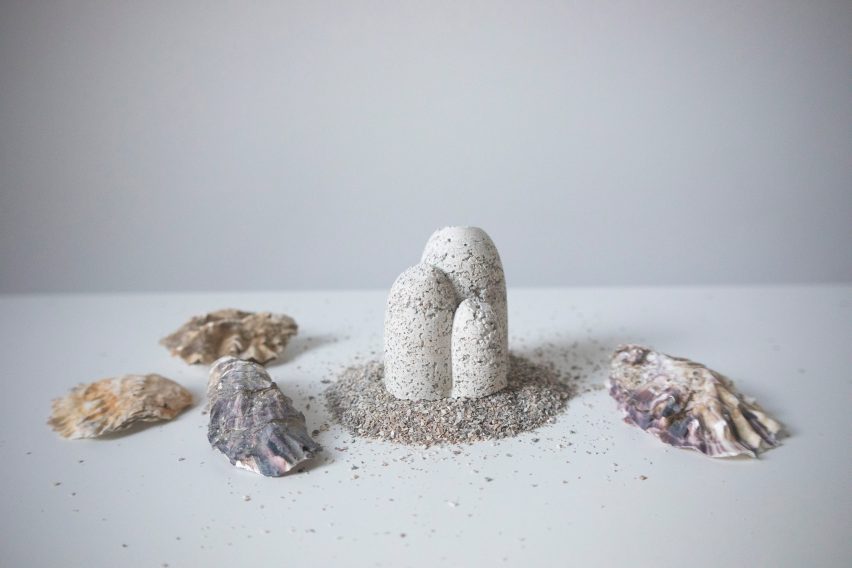
The pods mimic the form and natural growth process of ancient stromatolite reefs to offer ideal growing conditions for oysters on their ridged surface.
The individual capsules can be combined to create entire artificial reefs-cum-cemeteries to bolster natural oyster reef numbers, which have dwindled by 85 per cent due to human activities and are now on the brink of extinction.
Although Lenborg Skajem and Murillo Pérezthe have yet to test their prototypes in real marine environments, the students believe that their Resting Reefs could function much like natural oyster reefs to prevent erosion, protect shorelines from storms and regenerate biodiversity by creating a habitat for oysters and other sea life.
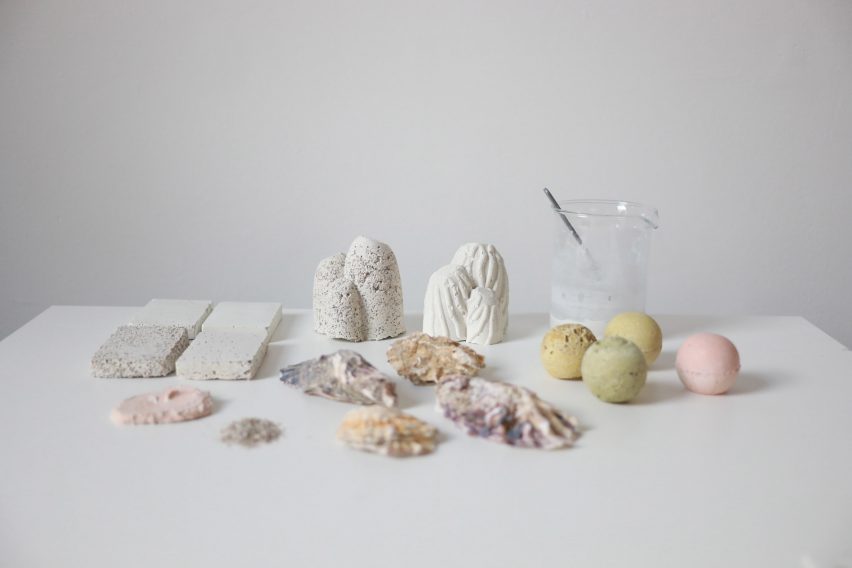
Unlike contemporary funeral practices, which have an outsized environmental impact, the ultimate aim is to create a burial method that actively regenerates marine ecosystems and fosters an emotional investment in their continued protection.
"Resting Reef is not only aiming to reduce negative impacts but to generate positive ones," Murillo Pérez told Dezeen. "We do this by creating reef structures that nourish and accommodate marine growth while giving people a meaningful funeral service."
"We are designing new rituals and ways of remembrance that enable deeper connections with ourselves, our deceased loved ones and the marine environment."
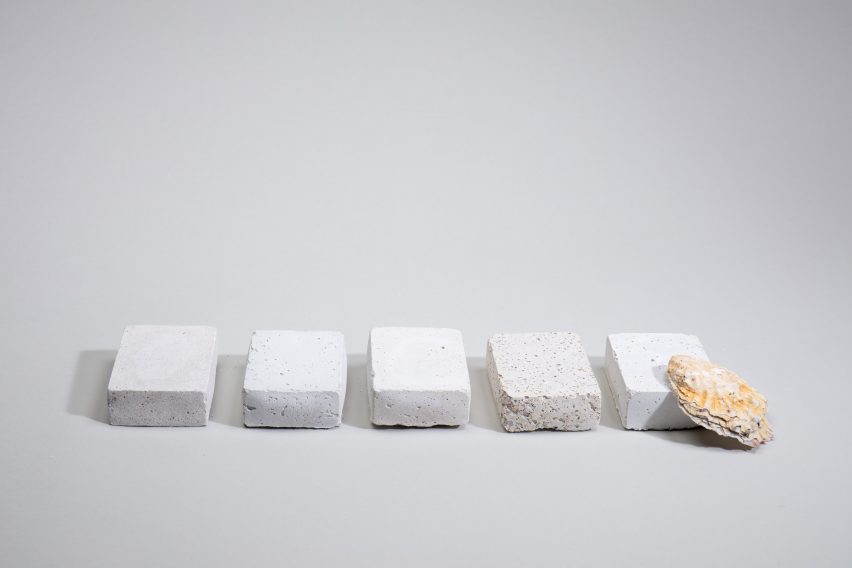
Traditional burials require vast amounts of land, embalming chemicals and emissions-intensive materials like steel and concrete, while cremation releases 400 kilograms of CO2 into the atmosphere for each body burned.
Resting Reefs, on the other hand, are based on a burgeoning practice called water cremation, which sees a body placed in a steel chamber filled with hot water and a strong alkaline chemical such as potassium hydroxide.
Over the course of around four hours, this effectively dissolves all of the body's tissues and leaves behind only the bones.
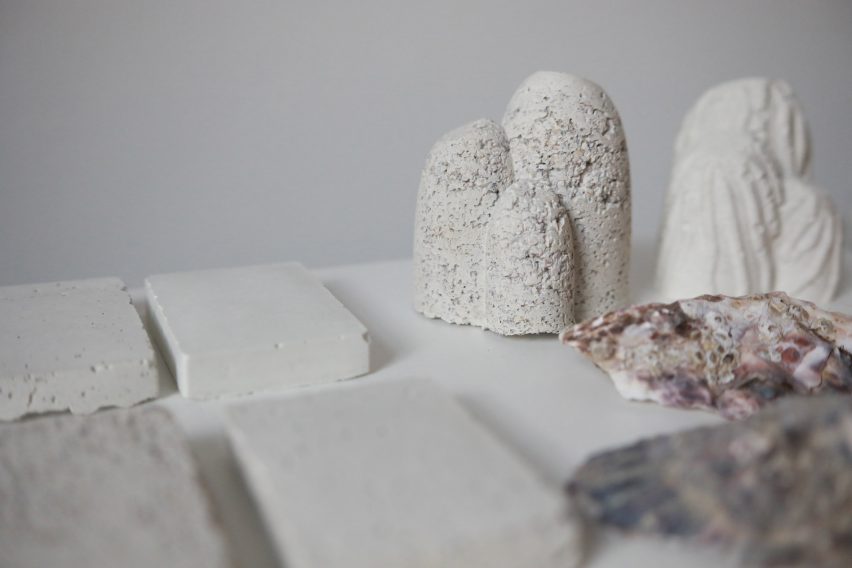
These are subsequently dried in an oven and reduced to bone ash, in a process that uses five times less energy than cremation and reduces emissions by 35 per cent.
As the students did not have access to actual human remains to create their prototypes, they instead worked with animal bones combined with pulverised oyster shells.
"Oysters prefer settling onto hard surfaces, especially calcium carbonate which their own shells are made of," Lenborg Skajem said. "We are still developing and testing our formula, but it will contain a binder like a low-carbon cement suitable for marine environments."
This mixture can be cast or 3D-printed into customisable reef structures modelled on stromatolites – limestone reefs formed by the growth of blue-green algae that are considered some of the earliest examples of life on earth.
"The way they grow is in layers, which is very similar to how oyster shells grow," Lenborg Skajem said. "We are using 3D printers to biomimic similar layers and ridges that are ideal for small marine organisms to attach to."
Lenborg Skajem and Murillo Pérez are developing a number of prototype capsules with different material compositions as part of being shortlisted for the Terra Carta Design Lab competition organised by Prince Charles and Jony Ive.
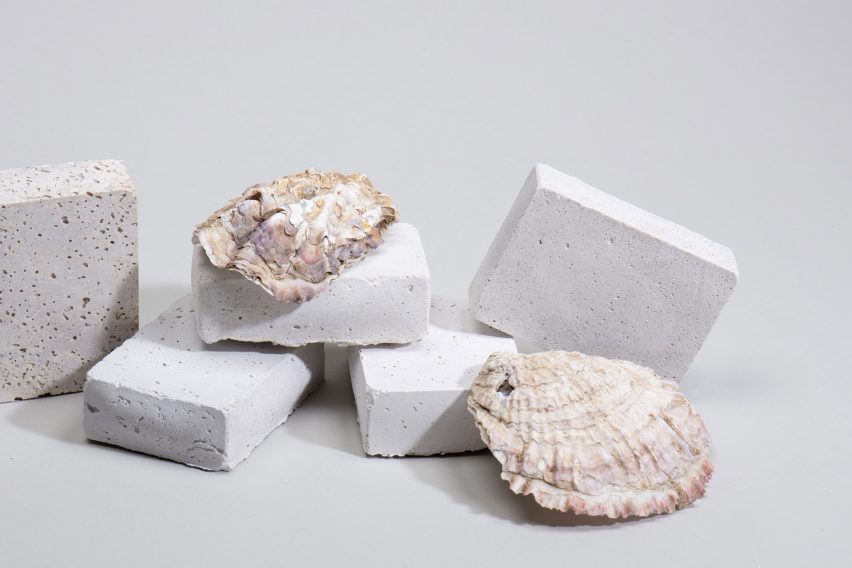
Once their design is finalised, the idea is that Resting Reefs would be installed and maintained in collaboration with existing reef restoration programmes.
"We aim to have beautiful sites where people connect with nature and can visit their loved ones," Murillo Pérez said. "The sites will also be available for local people that wish to visit and learn more about how the reef is serving their coast."
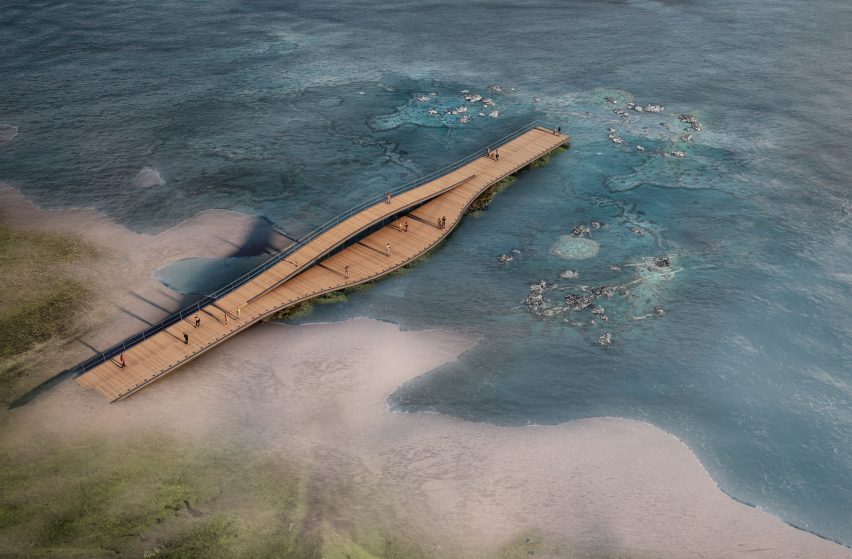
The artificial reefs could even act as "blue carbon" sinks, in which atmospheric CO2 is drawn down and sequestered in marine and coastal ecosystems such as mangroves and salt marshes.
But this would be highly dependent on the location of the reefs and the exact footprint of the low-carbon concrete used in their production.
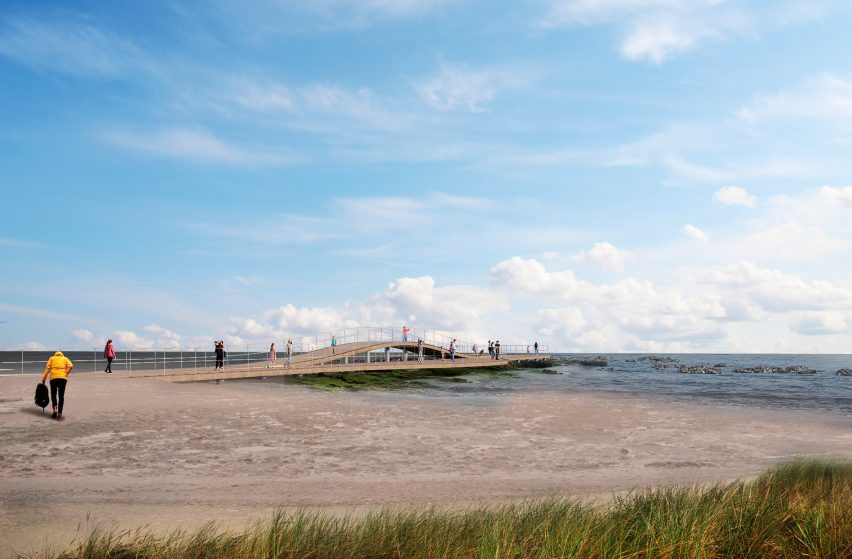
A number of other companies, such as Florida-based Eternal Reefs and Solace Reefs in the UK, have created similar underwater burial services that see ashes integrated into perforated concrete domes called "reef balls".
But these are generally more emissions-intensive as they are made using traditional concrete and human ashes derived from incineration.
On land, designers have reimagined burial methods to be more sustainable by creating seed-filled urns that grow into trees and coffins that use fungus to quickly degrade bodies while fertilising the surrounding soil.